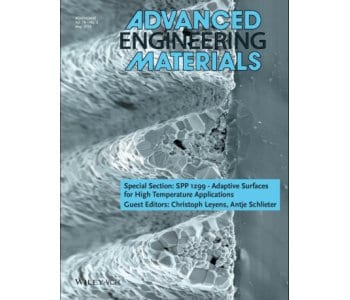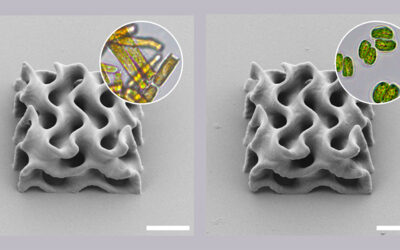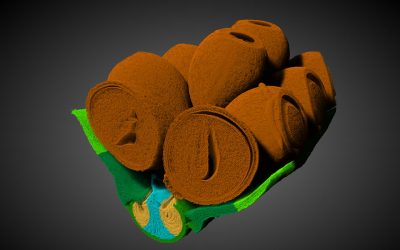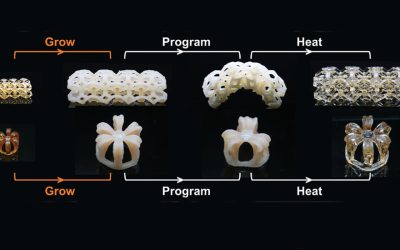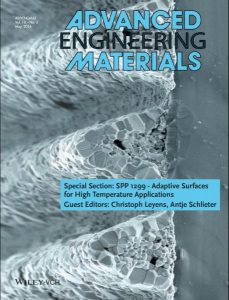 Since 2007, the DFG has funded the collaborative research effort “Adaptive surfaces for high temperature applications – the skin concept” (SPP 1299) in which 15 scientific projects as well as one technology transfer project were conducted. Twenty-four principal investigators from the fields of materials science and technology, surface technology, bionics, solid state physics and chemistry, bio sciences, high-temperature corrosion, and process technology have teamed to elaborate basic scientific understanding for manufacturing of adapting (“living”) surfaces with different functionalities for high-temperature applications using surface modification techniques followed by high-temperature activation. Moreover, different strategies and methodologies were developed for long-term property preservation during high-temperature application.
Since 2007, the DFG has funded the collaborative research effort “Adaptive surfaces for high temperature applications – the skin concept” (SPP 1299) in which 15 scientific projects as well as one technology transfer project were conducted. Twenty-four principal investigators from the fields of materials science and technology, surface technology, bionics, solid state physics and chemistry, bio sciences, high-temperature corrosion, and process technology have teamed to elaborate basic scientific understanding for manufacturing of adapting (“living”) surfaces with different functionalities for high-temperature applications using surface modification techniques followed by high-temperature activation. Moreover, different strategies and methodologies were developed for long-term property preservation during high-temperature application.
Adaptive properties were being achieved by adequate chemical and/or physical surface pretreatments followed by high-temperature exposure (high-temperature activation step). Some of the experimental methods used were micro- and nanostructure modification of chemistry and geometry of surface and sub-surface areas, e.g., by micro alloying, ion implantation, PVD, CVD, thermal spraying, and other deposition methods (masked, 3-D controlled, time-controlled or pulsed, local and global variation of chemical and physical process parameters). The materials systems investigated ranged from different structural to various functional materials.
More than 150 scientific papers were published, principal investigators and their Ph.D. students have presented about 100 oral papers at international conferences around the globe. 15 students earned their Ph.D. while working on the projects and there are yet more to finish soon.
This Special Section of Advanced Engineering Materials, guest-edited by Christoph Leyens and Antje Schlieter from TU Dresden, highlights some important outcomes of the priority program.
Read selected articles for free!
This Full Paper by Michael Scheffler et al. shows a specific polymer-to-ceramic processing route which allows to tailor the coating’s characteristics, e.g., surface-structured coatings, thermal barrier coatings, and coatings for tribological applications.
This Full Paper by Antje Schlieter et al. reports results of a collaboration between four research groups which focused on the transferability of the riblet approach to high temperature material systems.
This Full Paper by Boris Reznik et al. presents a method for producing adaptive silicon oxycarbide (Si–O–C) coatings from pyrolyzed polymethylsilsesquioxane as well as a dedicated technique for molecular design of the polymer precursor.

